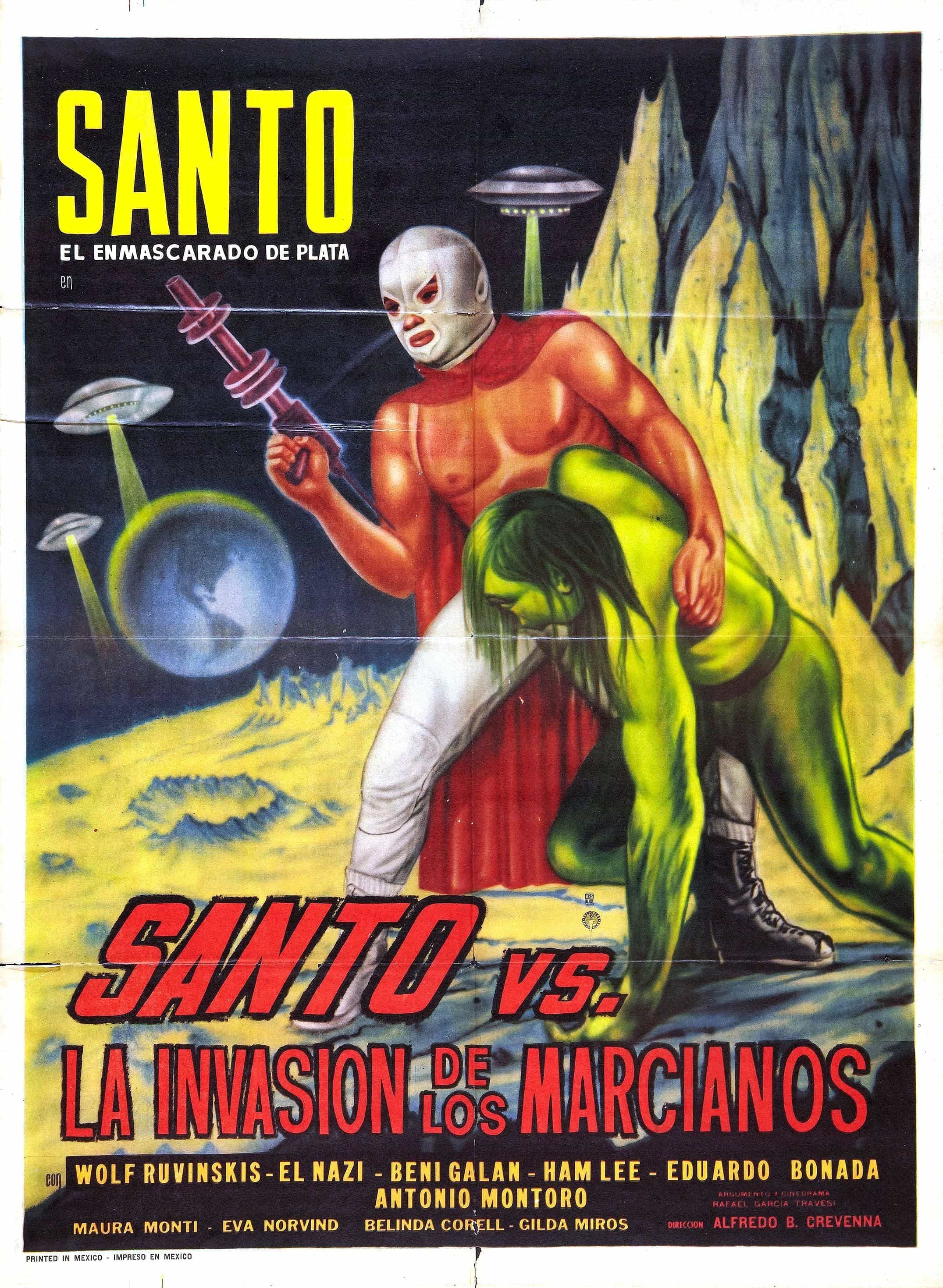

That’s because, according to present day policy, it just can’t happen. It seems to be a watershed moment in international space relations, a testament to the benefits and goodwill that cooperation in outer space can bring.Īnd, in real life, it would never happen. In the book, the Chinese are rewarded with a seat on the next Mars mission for the help they provided NASA.
#THE MARTIAN MOVIE VS BOOK SERIES#
Toward the movie’s end, the CNSA’s leadership is seen standing next to NASA’s administration, celebrating a positive conclusion to the harrowing series of events. NASA jumps on the offer, lest a stranded American astronaut die of starvation some 249 million miles from home, and the Chinese send their rocket, laden with supplies, skyward. In the panic which follows, there’s a miraculous turn of events – the Chinese announce that, unbeknownst to anyone, the CNSA has a secret rocket booster capable of making the journey to Mars which is already prepped and ready to go. A NASA rocket carrying critical supplies to an astronaut stranded on Mars explodes during launch because of rushed preparations. The premise of China’s involvement in “The Martian” is, without giving away too many spoilers, simple enough. I’m talking about the subplot involving China’s space agency, the CNSA. That said, I think the presence of this inaccuracy is a great thing, for a number of reasons. Yet there’s one glaring inaccuracy in “The Martian” that I, being a bit of a space policy buff, couldn’t help but notice and while admittedly a crucial part of the plot, which the movie couldn’t do without, there are alternatives which could’ve been substituted in its place so as to make the movie more realistic. Even then, unless you’re a rocket engineer or a planetary scientist, most of these inaccuracies probably passed by unnoticed. This marked what is probably the closest collaboration between NASA and Hollywood in history, and the effort definitely paid off – most, if not all, of the film’s few inaccuracies involve elements key in the development of the plot that is, most of what’s unrealistic about “The Martian” is so because the story needed it to be. NASA also sent hundreds of Mars images and images of its facilities to the film team, to help them design the most realistic sets possible. The United States’ space agency answered hundreds of questions – on a weekly basis – on everything from radioisotope systems to the look of potential Mars habitations.
In order to make the film as close to real-life as possible, the film team partnered with NASA, which provided significant consulting during the movie’s filming. Yet the effort to make “The Martian” a scientifically accurate story extended beyond simple research. The book’s author, Andy Weir, spent years doing research into the intricacies of a human Mars mission, along with details on orbital mechanics, biology, and NASA technology, prior to beginning his writing.


Credit: Twentieth Century Fox.Ībove all other selling points, “The Martian” has been touted as being one of the most technically and scientifically realistic space movies ever released, perhaps even the most. “The Martian” – one of the most realistic space movies ever made… for the most part. Its no small wonder that NASA has used the film as a centerpiece in its publicity efforts for an eventual real-life mission to Mars. Dealing in themes resonant with both the human condition and our civilization’s technological capabilities – and technological failures – “The Martian” embodies the notion and interplay of “man and machine” which has driven the United States through the Space Age. “The Martian” is the latest in a series of high-budget, high-profile space films – 2013’s “ Gravity,” Ron Howard’s “ Apollo 13,” and Stanley Kubrick’s iconic, pre-Apollo-era “ 2001: A Space Odyssey” come to mind – which have served to excite the general public about space exploration, demonstrating through gripping plots and incredible imagery the many challenges, dangers, and triumphs that space travel entails. If neither of these apply to you, stop what you’re doing right this instant and go find it at your local bookstore or movie theater – you’re in for a real treat. By now, you’ve likely seen or, at the least, heard about the critically acclaimed, space-themed blockbuster hit “ The Martian.” Perhaps you have read the equally acclaimed book off of which the film is based.


 0 kommentar(er)
0 kommentar(er)
